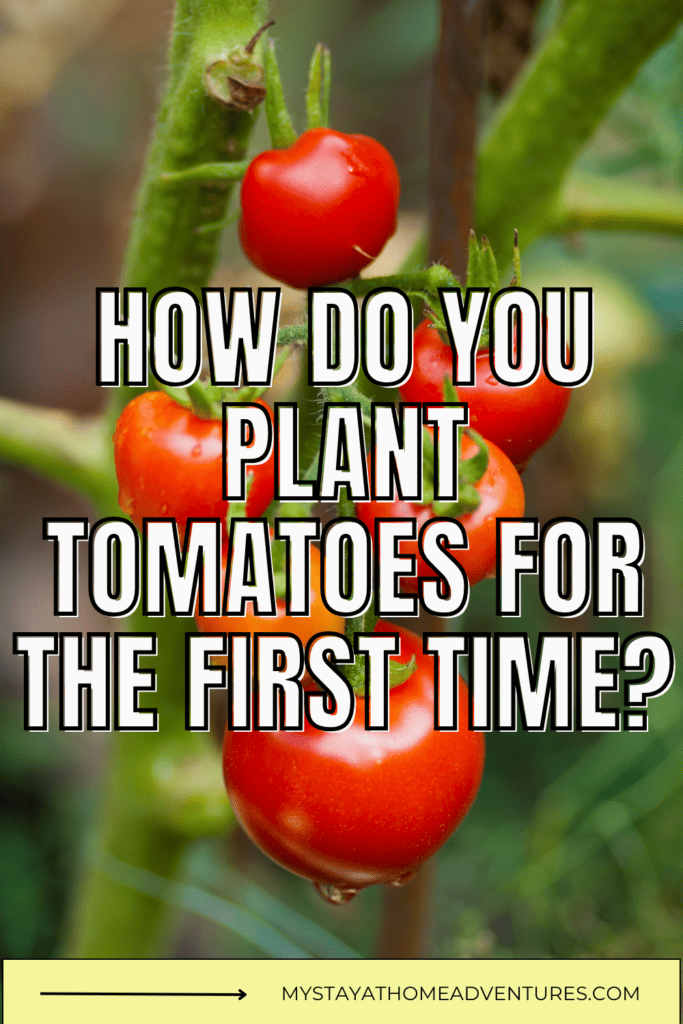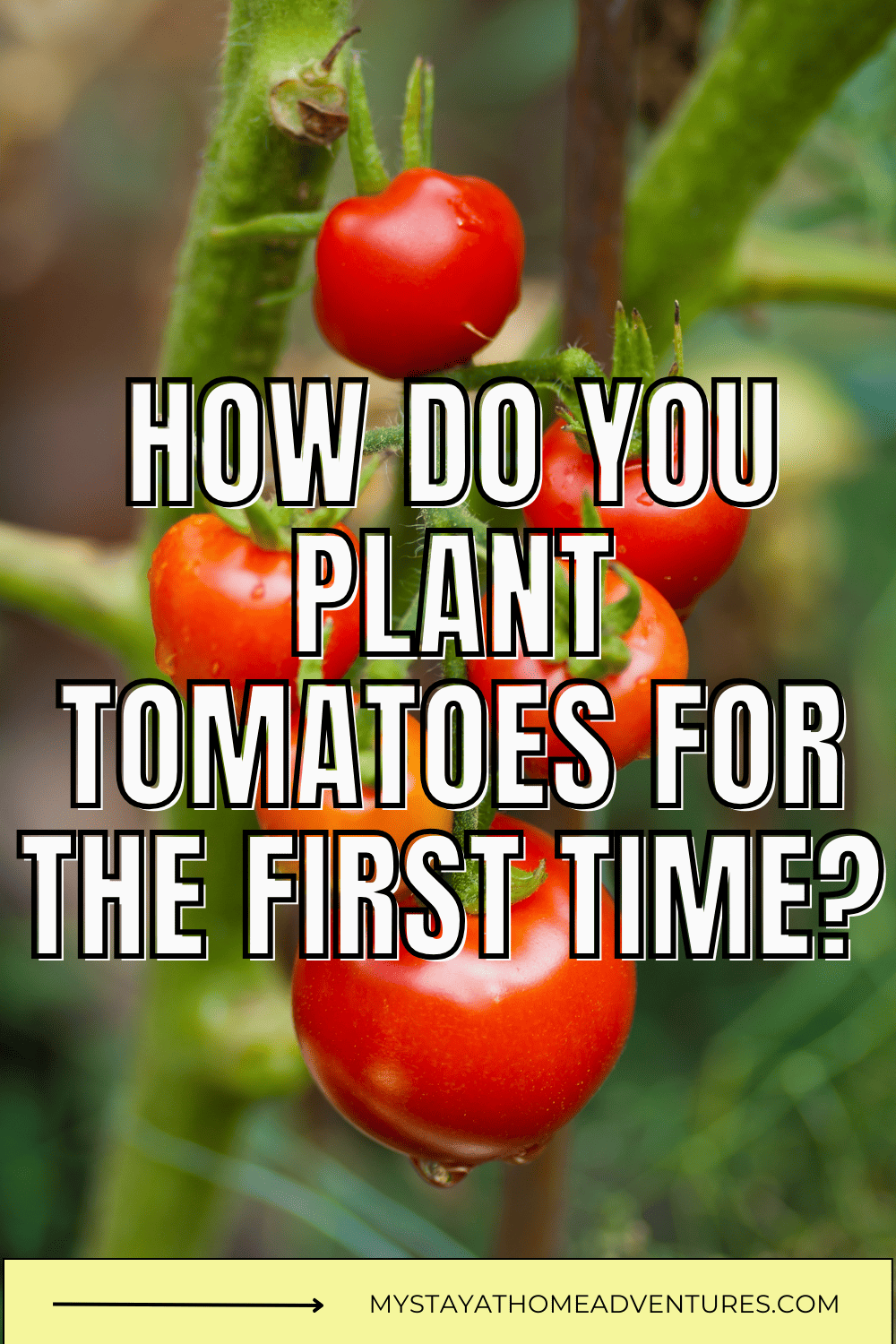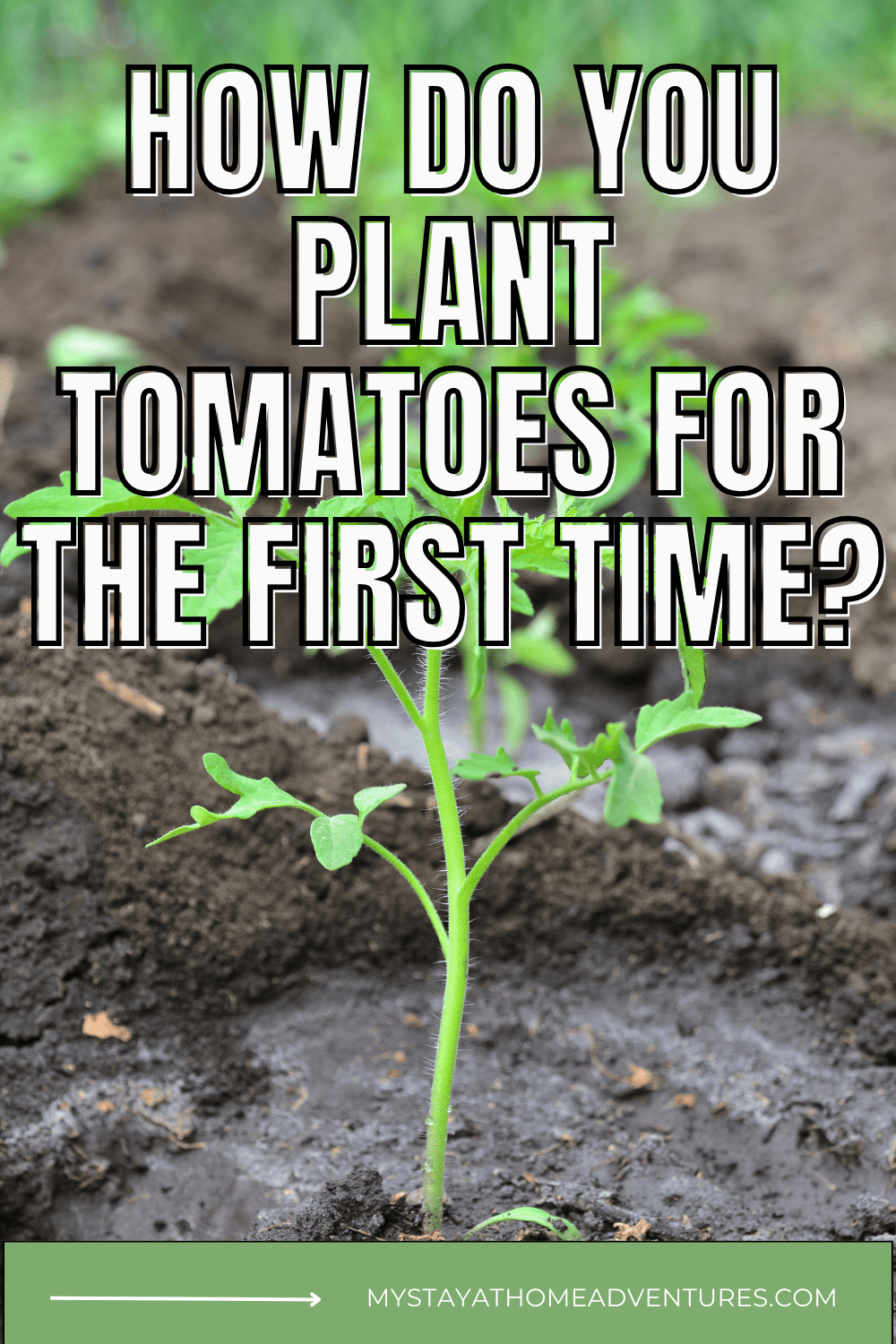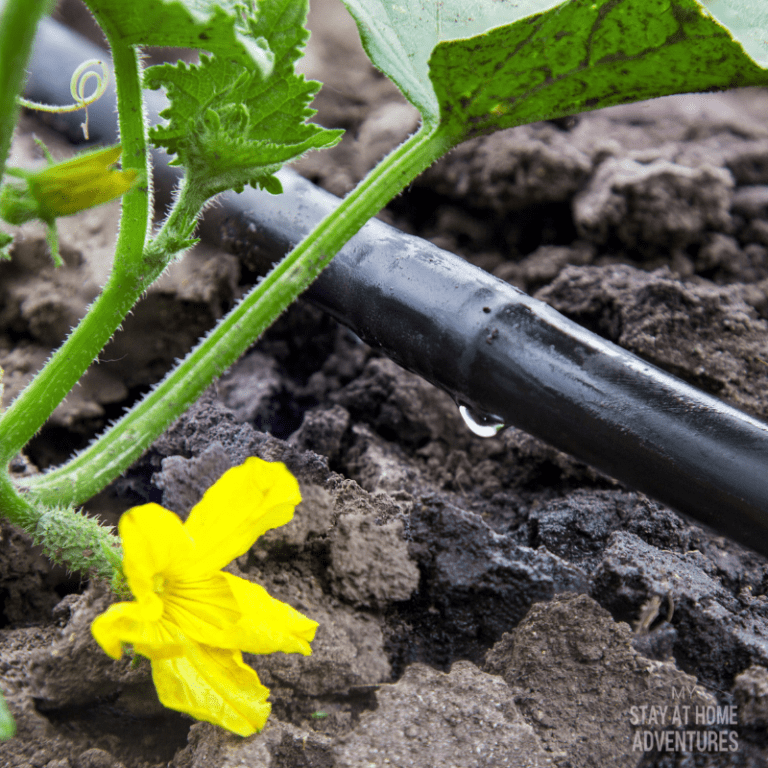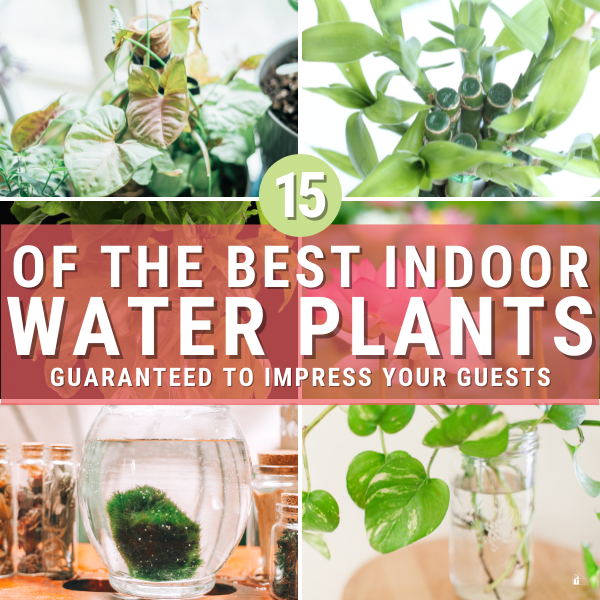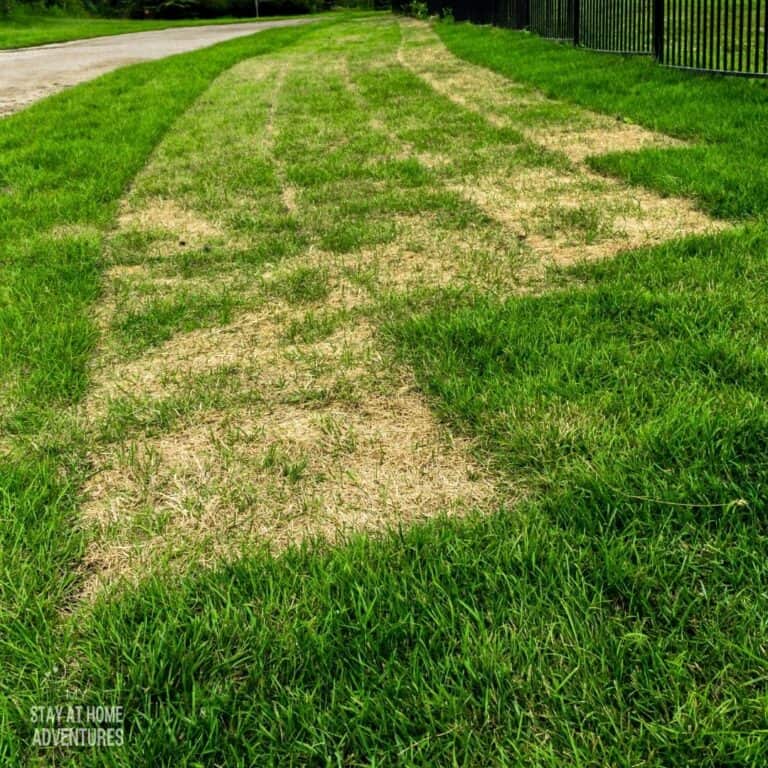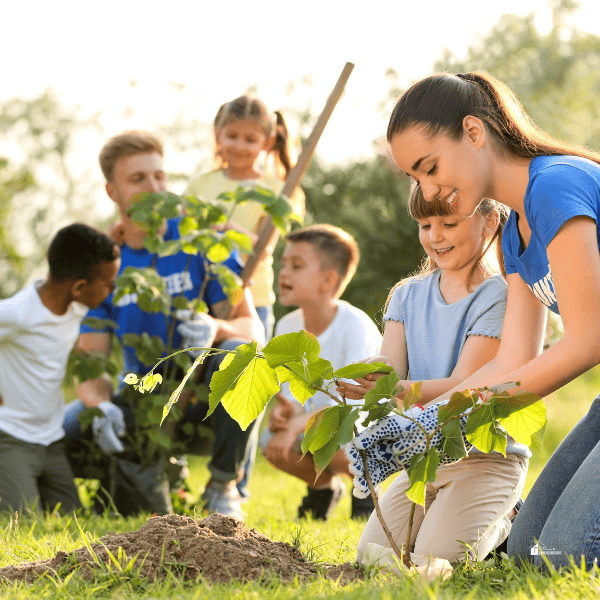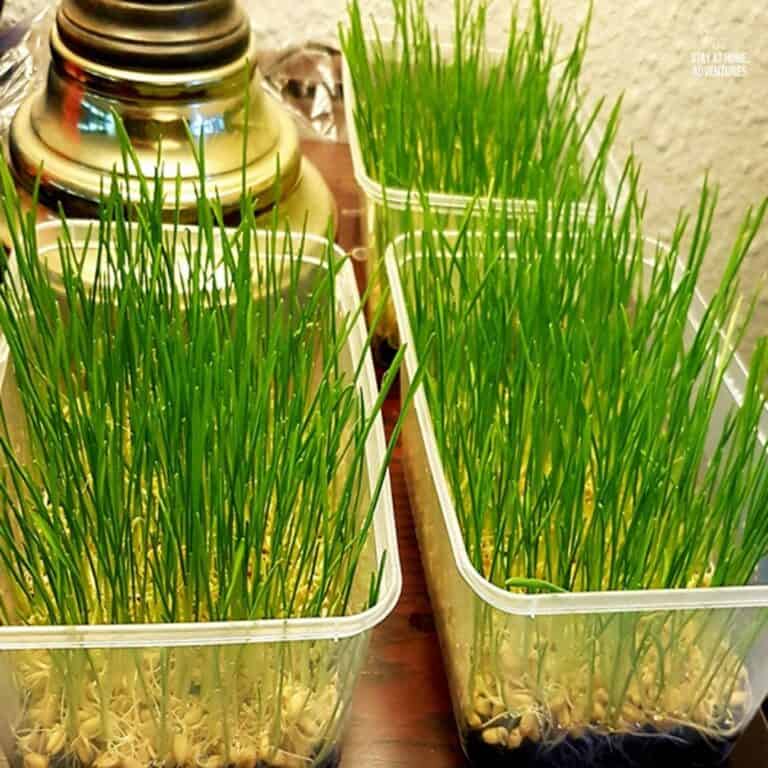How Do You Plant Tomatoes For The First Time?
This post may contain affiliate links which might earn us money. Please read my Disclosure and Privacy policies hereWhen planting tomatoes for the first time, understanding the proper techniques can make all the difference. So, if you're eager to dig your hands into the soil and start growing your juicy, homegrown tomatoes, you've come to the right place.
In this post, I will guide you through the essential steps to plant tomatoes and ensure a bountiful harvest successfully.
So, let's get ready to channel our inner green thumbs and dive into this exciting gardening adventure!
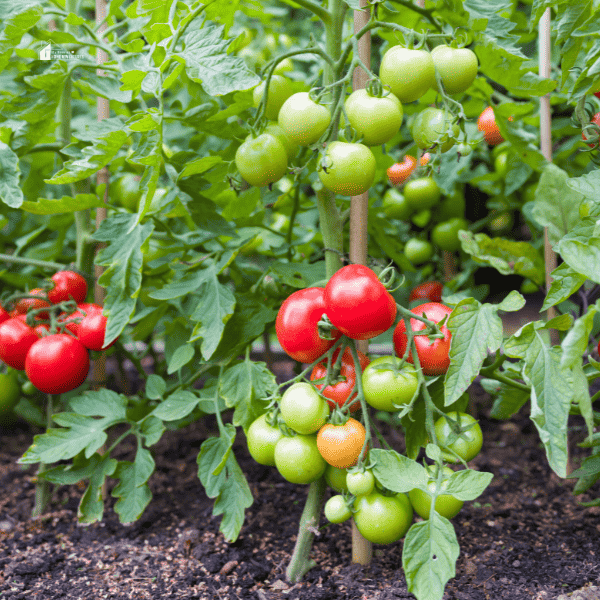
Preparation for Planting Tomatoes
Before planting tomatoes for the first time, knowing the optimal planting time for your region is important. Tomatoes prefer warm soil, so waiting until the danger of frost has passed is crucial. Typically, this is when the soil temperature reaches around 60°F (15°C).
You can use a soil thermometer to determine the temperature. Planting too early can stunt the growth of the tomatoes, while planting too late may result in a shortened growing season.
Providing the right planting depth and root ball removal
When planting tomatoes, it's essential to provide the right planting depth. Tomatoes should be planted deep, burying about two-thirds of the stem. This encourages the development of additional roots along the buried stem, leading to a stronger and healthier plant.
However, removing the leaves from the lower portion of the stem is important to prevent them from being buried underground, as this can increase the risk of disease.
Before planting, gently remove the tomato seedlings from their containers or separate them if they are grown in seed trays. Be careful not to damage the delicate roots during this process.
Remember to thoroughly water the newly planted tomatoes and provide adequate support, such as stakes or cages, to ensure proper growth as they mature. By following these steps, you will be on your way to successfully planting tomatoes for the first time and enjoying a bountiful harvest.
What month do you plant tomatoes?
When planting tomatoes for the first time, timing is crucial. The ideal time to plant tomatoes depends on your location and the climate in your region. Generally, tomatoes are warm-season crops that thrive in temperatures between 70 and 85 degrees Fahrenheit (21 to 29 degrees Celsius).
The best month to plant tomatoes varies, but it is typically recommended to wait until all danger of frost has passed. In most regions, this means planting tomatoes in the springtime after the last frost date. But if you live in a warmer climate, you may be able to start planting tomatoes as early as March or April.
To determine the specific month for planting tomatoes in your area, it's important to consult a local gardening guide or reach out to experienced gardeners in your community. They will have valuable insights into the specific conditions and recommendations for your region.
Remember, tomatoes need warm soil and plenty of sunlight to thrive. Select a location in your garden that receives at least six to eight hours of direct sunlight each day. By planting your tomatoes at the appropriate time, you will give them the best chance for healthy growth and a bountiful harvest.
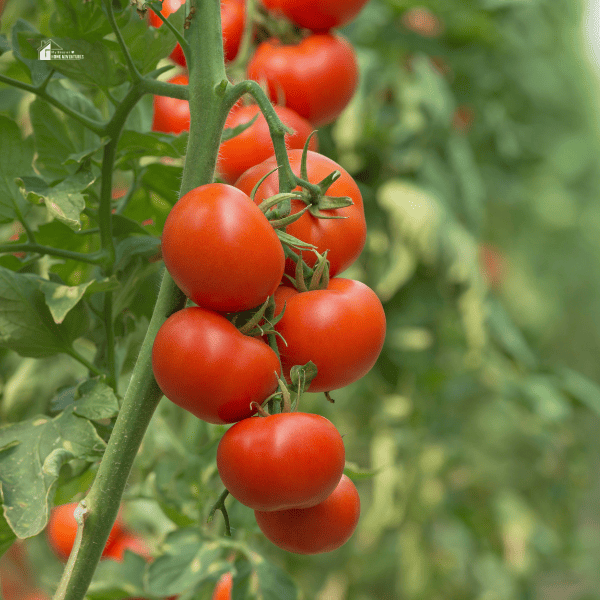
What do you put in the hole when planting tomatoes?
When planting tomatoes for the first time, it's important to consider what goes into the hole to ensure healthy growth and abundant harvest. One key element is soil preparation. Before digging the hole, ensure the soil is well-drained and rich in organic matter. This can be achieved by adding compost or well-rotted manure to the planting area.
To give your tomato plants a strong start, you may also choose to add some amendments to the hole. One commonly recommended amendment is bone meal, which is a good source of phosphorus and helps promote root development. Another option is Epsom salt, which supplies magnesium to the plants and can improve overall plant health.
In addition, including a handful of crushed eggshells in the planting hole can be beneficial. Eggshells provide calcium, which helps prevent blossom end rot in tomatoes.
Mix these amendments thoroughly with the surrounding soil and place them in the hole before planting your tomato seedlings. By providing the right nutrients and well-prepared soil, you are setting your tomato plants up for success and increasing the likelihood of a bountiful harvest.
Why put an egg in the hole when planting tomatoes?
When it comes to planting tomatoes for the first time, you may have heard about the practice of putting an egg in the hole. But why do gardeners do this? The answer lies in the benefits it provides to your tomato plants.
One of the primary reasons to put an egg in the hole is to provide a rich source of calcium to the tomato plant. Calcium is crucial in preventing blossom end rot, a common problem that causes the bottom of your tomatoes to blacken and rot.
Eggshells contain calcium carbonate, slowly releasing calcium into the soil as it decomposes. This can help ensure your plants receive an adequate supply of this essential nutrient.
Eggshells can also be a natural fertilizer due to their high mineral content. As they break down, they release nutrients like potassium and magnesium, promoting healthy growth and development in your tomato plants.
To use eggshells effectively, crush them into small pieces and place a handful in the planting hole before placing your tomato plant. It's important to note that while eggshells can benefit your plants, they should not be relied upon as the sole source of nutrients. Provide a balanced fertilizer and maintain proper watering practices for optimal tomato growth.
By incorporating the practice of putting an egg in the hole when planting tomatoes, you can enhance the health and productivity of your plants, ensuring a bountiful harvest of delicious homegrown tomatoes.
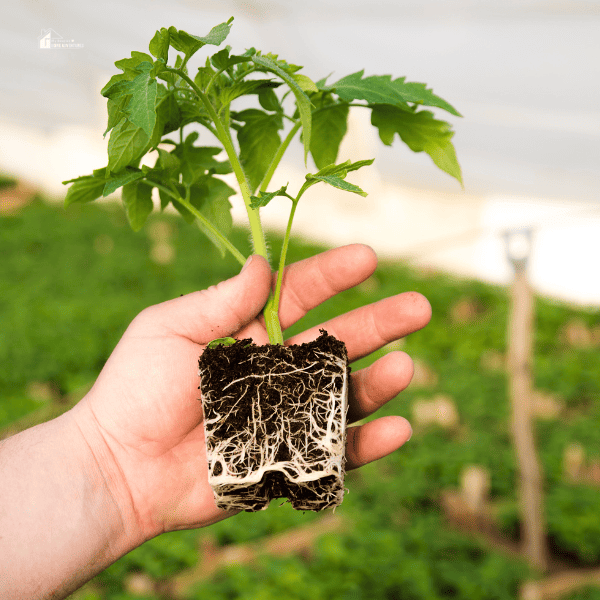
Choosing the Right Soil and Container
When planting tomatoes for the first time, selecting the right soil and container is important to ensure healthy growth and abundant harvest. Here are some key points to consider:
Considering the type of soil for tomato plants
Tomatoes thrive in well-drained soil that is rich in organic matter. Look for soil that is loamy and has good water retention. Sandy or clay soils can be improved by adding organic matter such as compost or well-rotted manure. It's also important to test the soil's pH level to ensure it falls within the optimal range of 6.0 to 6.8 for tomatoes.
Container gardening and potting soil options
If you plan on growing tomatoes in containers, choose a container at least 18 inches deep to allow for root development. Opt for a potting mix specifically formulated for containers, as it provides the necessary drainage and aeration for healthy plant growth. Avoid using garden soil in containers, as it tends to be too heavy and may not drain properly.
By selecting the right soil and container, you can provide the ideal growing conditions for your tomato plants. Remember to water your plants regularly, provide support as they grow, and keep an eye out for any pests or diseases. With proper care, you'll soon be enjoying your own homegrown tomatoes bursting with flavor.
Buying Transplants or Growing from Seeds
Buying transplants for a head start
When planting tomatoes for the first time, one option is to buy transplants from a local nursery or garden center. This can give you a head start as the plants are already established and will start producing fruit sooner.
Look for healthy transplants with sturdy stems and vibrant green leaves. Transplants should be free from pests and diseases. Before planting, it's important to harden off the transplants by gradually exposing them to outdoor conditions over a week or two.
Directly sowing tomato seeds outdoors
Another option is to start from seeds. This gives you more control and allows you to choose from a wider variety of tomato cultivars. Tomato seeds can be sown directly in the garden after the last frost date.
Prepare the soil by loosening it and removing any weeds. Sow the seeds about a quarter-inch deep and cover them lightly with soil. Water the soil gently to keep it moist but not waterlogged. As the seedlings emerge, thin them out to give each plant enough space to grow.
Both options have their advantages, so choose the method that suits your preferences and needs. With proper care and attention, you can enjoy a bountiful harvest of flavorful tomatoes in your very own garden.
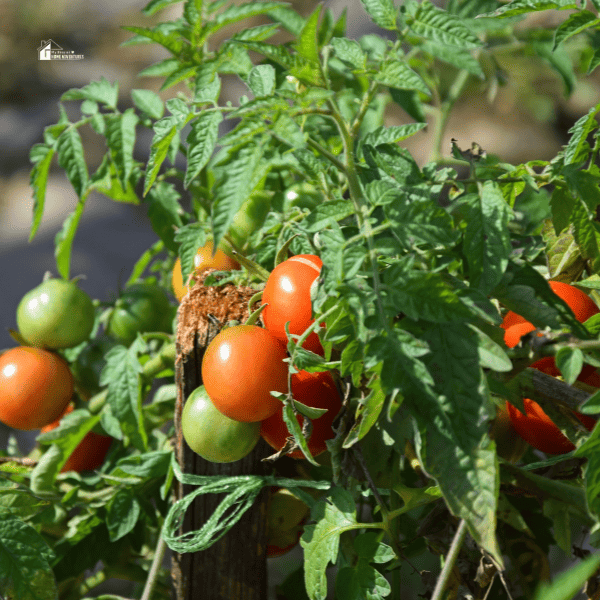
Transplanting Tomato Plants
Transferring the plants outside when the soil is warm
When planting tomatoes for the first time, it is essential to wait until the soil is warm to ensure the plants thrive. The ideal soil temperature for transplanting tomatoes is around 60-70 degrees Fahrenheit.
This usually occurs in late spring or early summer, depending on your location. Waiting for warm soil helps the roots establish quickly and minimizes the risk of stress or transplant shock.
Techniques for planting tomatoes in containers or in-ground
For planting tomatoes in containers: Choose a container with good drainage and at least a 5-gallon capacity. Fill the container with potting mix mixed with organic compost. Dig a hole deep enough to accommodate the tomato plant's root ball, gently remove it from its pot, and place it in the hole. Backfill with soil, firm it gently, and water thoroughly.
For planting tomatoes in the ground: Prepare the soil by loosening it and incorporating organic matter like compost or aged manure. Dig a hole slightly deeper than the root ball of the tomato plant. Remove the lower leaves from the plant and place them in the hole, ensuring the stem is buried up to the first set of leaves. Fill the hole with soil, firm it gently, and water well.
Remember to support indeterminate varieties by using stakes, cages, or trellises to help the plants grow upright and produce better fruit. Water regularly and provide adequate sunlight and nutrients for healthy tomato growth.
Supporting Tomato Plants
Using stakes and attaching tomato stems
When planting tomatoes for the first time, it is essential to support their growth properly. One common method is to use stakes. Stakes should be driven into the ground near the base of the tomato plant, ensuring it stands upright.
As the plant grows, gently tie the stems to the stakes using soft plant ties or twine. This helps prevent the plant from bending or breaking under the weight of its fruit.
Proper care for tomato plants, like removing suckers and shoots
To ensure optimal growth and fruit production, it is crucial to provide proper care for your tomato plants. This includes removing suckers and shoots. Suckers are small branches or shoots that develop in the crotch between the main stem and branches.
They can divert energy away from fruit production, so removing them by pinching them off with your fingers or using pruning shears is best.
In addition to removing suckers, regular watering, sufficient sunlight, and proper fertilization are also essential for healthy tomato plants. Water consistently, making sure the soil is moist but not waterlogged.
Position your plants in an area that receives at least six hours of direct sunlight daily. Consider using a balanced fertilizer, following the instructions for application and frequency.
These steps to support and care for your tomato plants will help ensure a bountiful harvest of delicious, homegrown tomatoes.
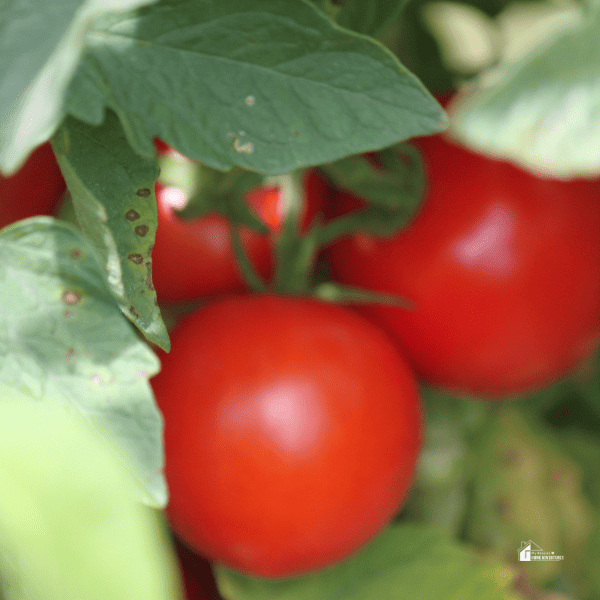
Providing Preferred Growing Conditions for Tomatoes
Growing tomatoes for the first time can be a rewarding experience. To ensure a successful harvest, providing the preferred growing conditions for these delicious fruits is important.
Understanding the light requirements for optimal growth
Tomatoes thrive in full sunlight, so choosing a location in your garden that receives at least 6-8 hours of direct sunlight daily is essential. This will promote healthy growth and maximize fruit production. If you are limited in space, consider using containers or planting them in raised beds to ensure they receive adequate sunlight.
Other environmental factors to consider
In addition to sunlight, tomatoes require well-drained soil with a pH level between 6 to 7. Amendments such as compost or aged manure can improve soil fertility and drainage. Water regularly, ensuring the soil remains moist but not saturated. Avoid overhead watering to prevent fungal diseases.
Supporting your tomato plants with stakes or cages will help prevent sprawling and keep the fruits off the ground, reducing the risk of rotting or pest damage. Regularly monitor for pests and diseases and take appropriate measures if necessary.
Remember to space your tomato plants appropriately to allow for air circulation, which helps prevent fungal diseases and ensures healthy growth. As the plants grow, pinch off suckers (small shoots) that develop in the leaf axils to encourage stronger stems and better fruit production.
By providing the right growing conditions – ample sunlight, well-drained soil, and proper support – you'll be well on your way to enjoying a bountiful harvest of homegrown tomatoes.
Tomato Plant Care Tips
Whether you're a seasoned gardener or trying to grow tomatoes for the first time, it's essential to know how to plant and care for your tomato plants properly. Here are some tips to help you start and ensure a successful growing season.
Meeting optimal conditions for juicy and delicious fruit
- Choose the right location: Tomatoes thrive in full sun, so select a spot in your garden that receives at least six to eight hours of direct sunlight each day.
- Prepare the soil: Prior to planting, amend the soil with organic matter, such as compost or well-rotted manure, to improve drainage and fertility.
- Provide support: As tomato plants grow, they will need support to prevent them from sprawling on the ground. Use stakes, cages, or trellises to support their growth.
- Water consistently: Tomatoes require regular watering to keep the soil consistently moist but not waterlogged. A deep watering once a week is usually sufficient but adjust based on weather conditions.
- Fertilize properly: Use a balanced fertilizer formulated for tomatoes to provide necessary nutrients throughout the growing season.
Additional care tips for successful tomato plant growth
- Prune and remove suckers: Regularly prune your tomato plants by removing lower branches and suckers. This helps improve air circulation and directs the plant's energy towards fruit production.
- Watch for pests and diseases: Monitor your tomato plants for common pests like aphids, and tomato hornworms and diseases like blight. Take appropriate measures, such as using organic pest controls or disease-resistant varieties, to manage these issues.
- Harvest ripe tomatoes: Pick ripe tomatoes as soon as they are ready to promote more fruit production and prevent overripening.
Planting tomatoes for the first time can be a rewarding experience. Here are the key steps to ensure success:
- First, choose the right location for your tomato plants. They need at least six to eight hours of sunlight daily.
- Prepare the soil by loosening it and adding organic matter such as compost or aged manure.
- Dig a planting hole deep enough to accommodate the roots of the tomato plant. Remove the lower leaves and plant the seedlings up to the first set of true leaves.
- Water the plants thoroughly after planting and provide regular watering throughout the growing season. Mulching around the plants can help retain moisture.
- Support the tomato plants using stakes or cages to prevent them from falling over as they grow.
- Lastly, monitor for pests and diseases and take appropriate action to protect your plants.
Growing tomatoes for the first time may have challenges, but it can also be incredibly rewarding. You'll feel a sense of accomplishment and satisfaction as you watch your plants grow and harvest juicy, homegrown tomatoes.
Enjoy the process, experiment with different varieties, and learn from mistakes. With practice and experience, you'll become a successful tomato gardener and enjoy the delicious fruits of your labor.
So, roll up your sleeves, get your hands dirty, and start planting tomatoes. Happy gardening!
